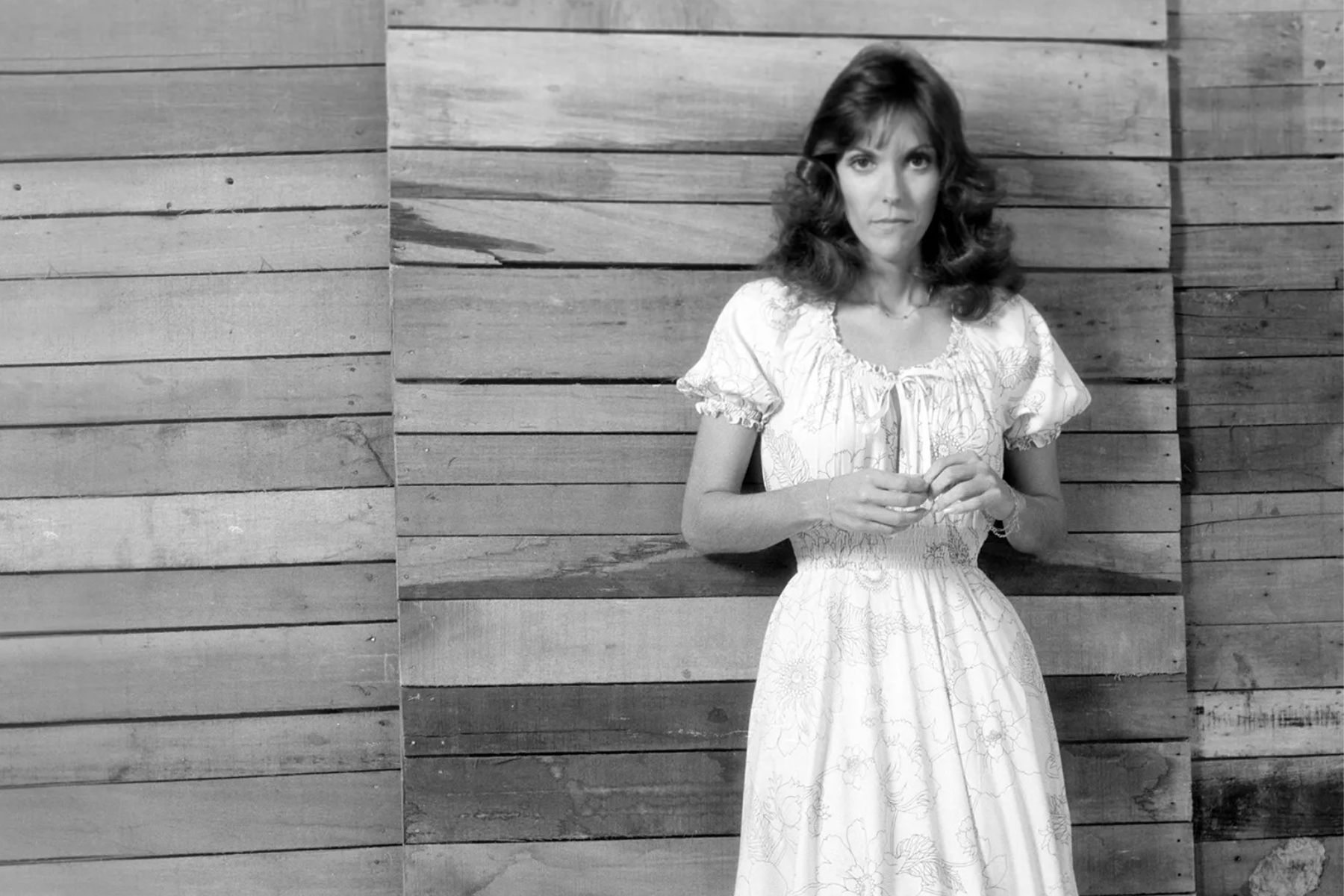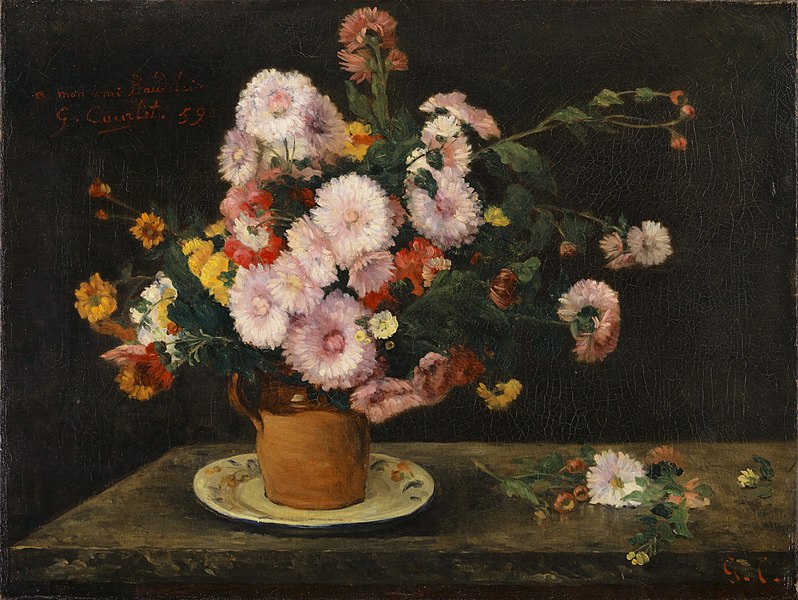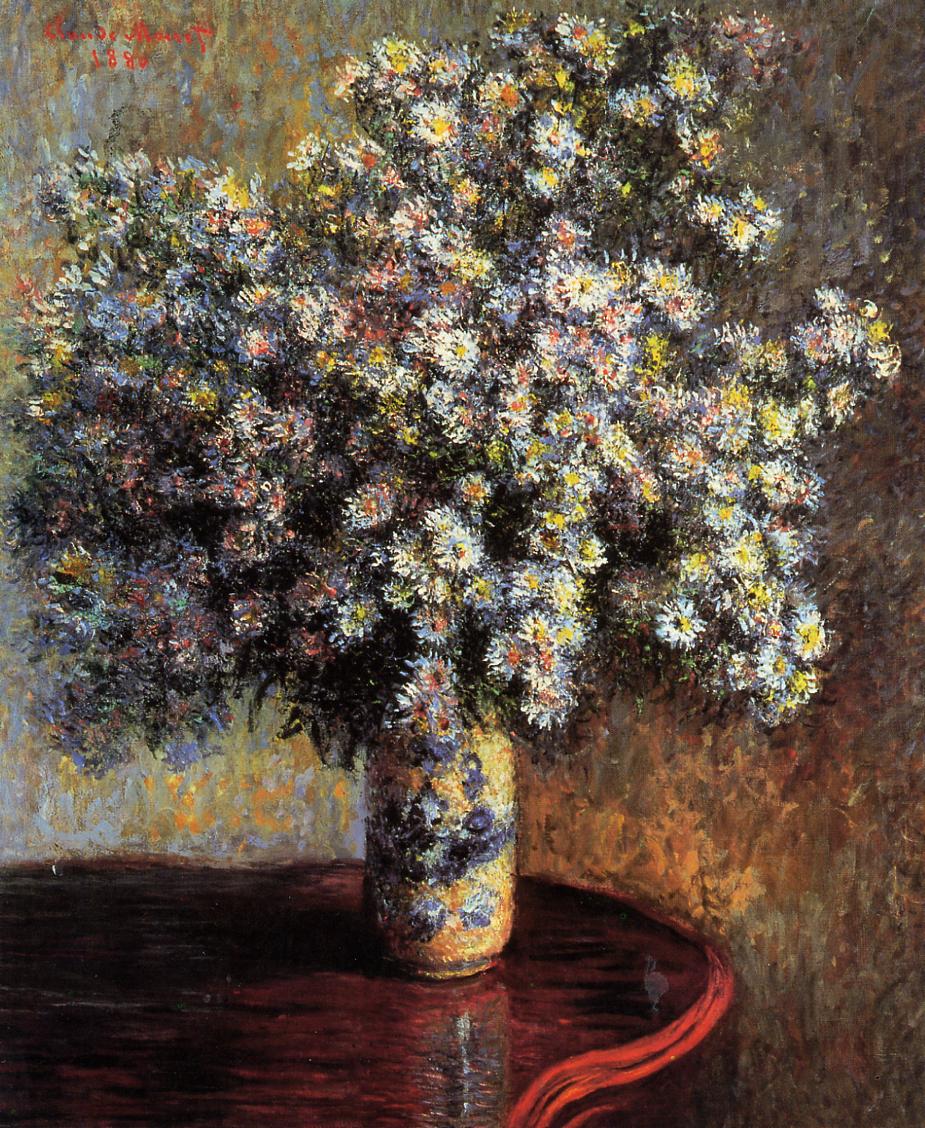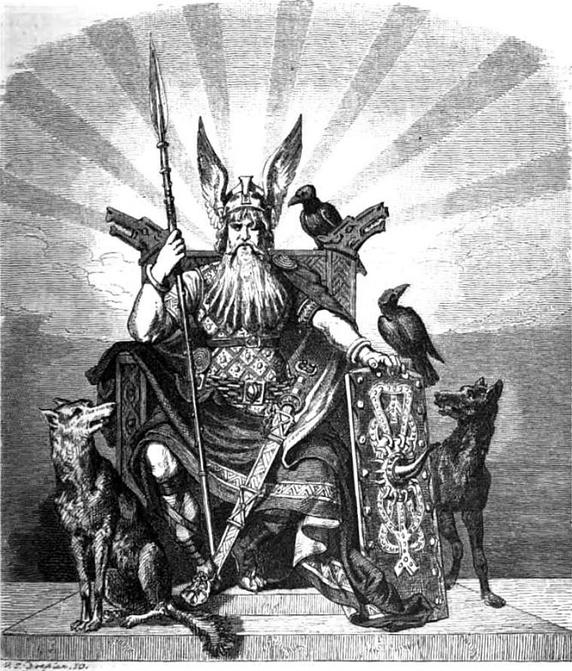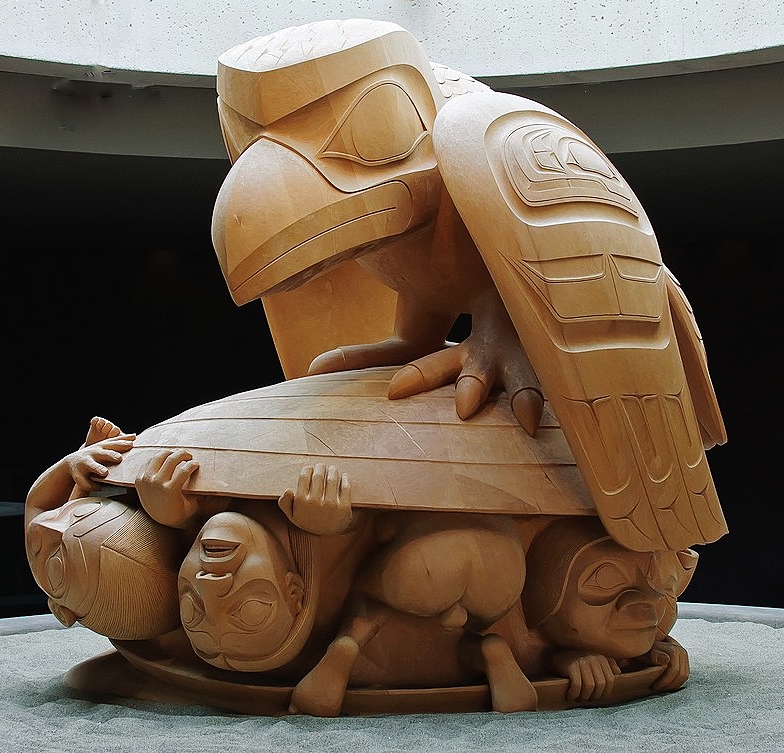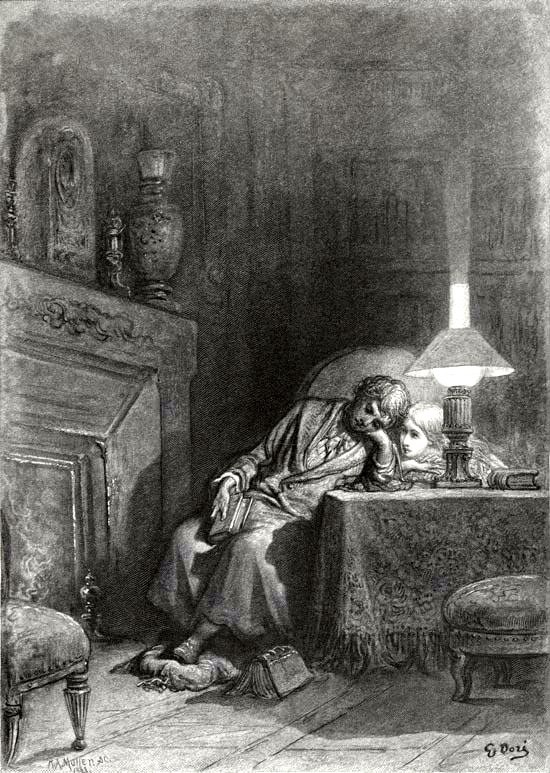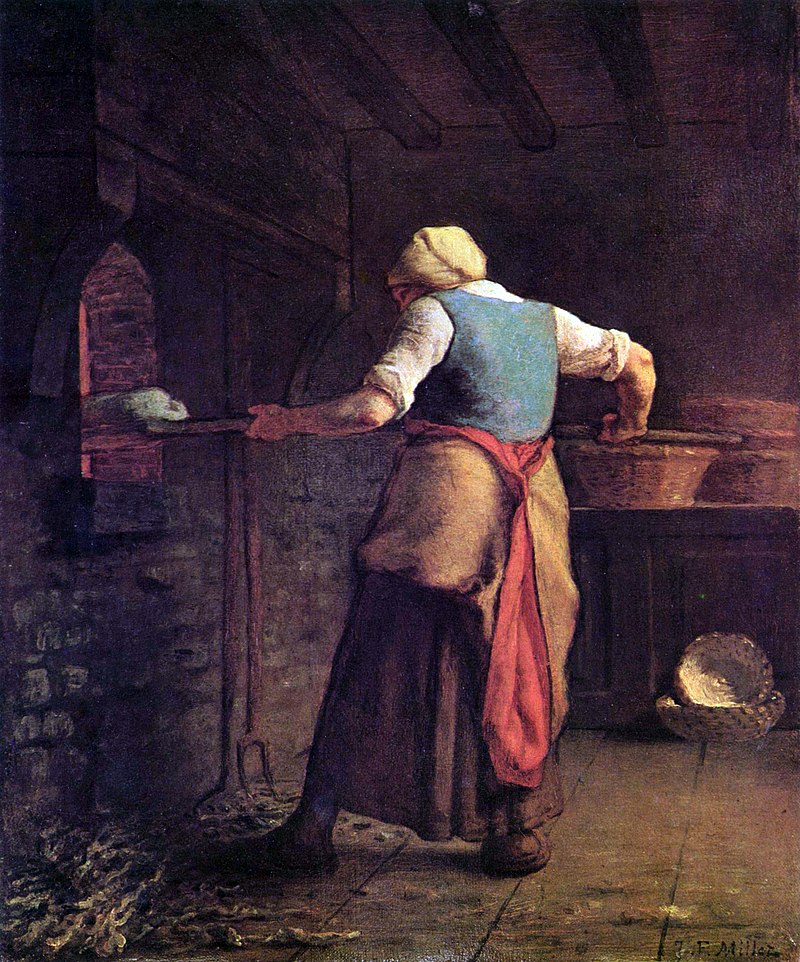She was the first in a long line of celebrities to suffer from an eating disorder during an era when the vastly misunderstood phenomenon brought shame and public humiliation.
For the first time, we hear Karen Carpenter’s personal struggle in her own voice through never-before-released recordings—and through the legendary voices of those who knew her and were inspired by her music.
As the #1 American musical act of the 1970s, the Carpenters were on “Top of the World,” producing a string of pop masterpieces, including “Close to You,” “We’ve Only Just Begun,” and “Rainy Days and Mondays.” But behind closed doors, Karen’s quest for perfection resulted in low self-esteem, a disheartening love life, and a public battle with anorexia nervosa, which resulted in her untimely death at the age of only 32.
The Spy talked to producer Randy Schmidt about his film a few weeks ago.
The LIVE Festival kicks off on September 30 at the historic Avalon Theatre, followed by a second day at The Ebenezer Theater on October 1. The festival will also feature a 7-day Virtual Festival from October 2 to October 8, showcasing 37 outstanding documentaries, narrative films, and animations. Plan your visit and buy tickets today at www.chesapeakefilmfestival.com
This video is approximately five minutes in length. To attend the world premiere please find tickets and more information here.
